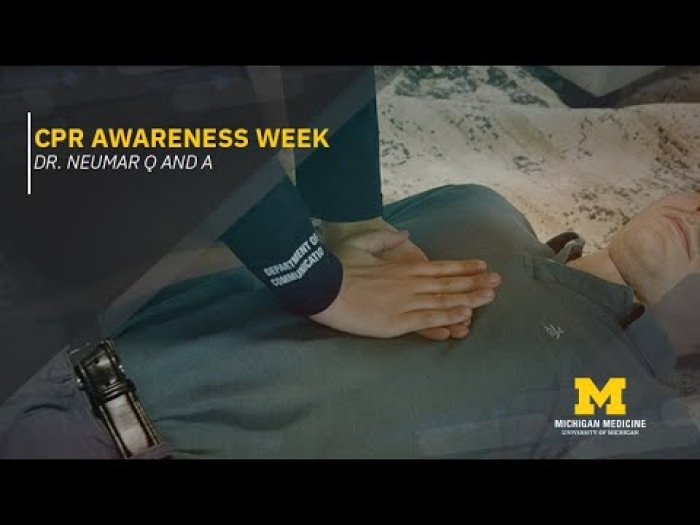Think it’s OK to have one more beer before driving home? Know the facts about what each subsequent drink does to your ability to operate a vehicle safely.
7:00 AM
Author |

A few years ago, a drunk driver with multiple prior offenses and no valid driver's license smashed a truck through the wall of my son's day care.
SEE ALSO: 5 Ways Smoking Hurts Your Heart
Fortunately, the children and staff were unharmed. But just minutes before, my son and I had walked through the exact spot in the building where the truck came to rest in a pile of debris.
Having worked in the emergency room for years, I've seen the aftermath of drunk driving often enough, but that was the first time I had seen an accident up close.
There's no question that drunk driving is a major public health problem in the United States. In 2014, nearly one-third of the nation's 32,675 traffic fatalities were alcohol-related.
In other words, a completely preventable death occurred every 53 minutes.
My frightening brush with a drunk driver made me wonder about what practices and policies could help prevent such accidents and fatalities — and question yet again whether motorists are fully aware of the importance of responsible consumption before getting behind the wheel.
Think you're OK to drive?
Drunk drivers often express surprise, disbelief or denial about their blood alcohol concentration (BAC) or level of impairment when they arrive in the ER.
They're often drunker than they think.
Elevated blood alcohol levels, no matter how "sober" you feel, can have a real impact on your ability to perform tasks that require concentration, such as driving.
And the more you drink, the harder it is to judge how intoxicated you are.
MORE FROM MICHIGAN: Sign up for our weekly newsletter
Studies have shown that increasing BAC is also associated with a decreased reaction time. One study pointed to an average decreased reaction time of 120 milliseconds — just over a tenth of a second — associated with a BAC level of 0.08, the legal limit in the United States.
So, when cruising at 70 miles per hour, a drunk driver would travel for an additional 12 feet before reacting to a roadway hazard.
A few more drinks, a big difference
It might not take as many drinks as you think to slow your reaction time and make safe driving harder.
For the purposes of standardization, a drink is defined as 12 ounces of 5% alcohol beer; five ounces of 12% alcohol wine; or one and a half ounces of 80 proof (40% alcohol) liquor. To account for an individual imbibing over a longer period of time, subtract about 0.01% for each 40 minutes of drinking time.

A 160-pound man that consumes two alcoholic beverages will experience some loss of judgment, decreased ability to rapidly track a moving target and reduced multitasking ability, according to the Centers for Disease Control and Prevention.
Women, who generally weigh less than men, would see a higher BAC per drink.
Three alcoholic drinks will bring a person's blood alcohol level to approximately 0.05%, which can impair the ability to rapidly focus vision, lower alertness and decrease coordination — to the point that steering becomes difficult and response to driving emergencies becomes blunted.
After approximately four alcoholic drinks, one's balance, vision and reaction time are often affected. It becomes harder to detect roadway dangers. Reasoning and information processing are often measurably impaired. This corresponds most closely to a BAC of 0.08%.
A blood alcohol concentration of 0.10% is generally associated with a clear loss of reaction time and control. There will be a reduced ability to maintain proper lane position or to brake appropriately.
Taking preventive measures
In 2000, Congress passed legislation making 0.08 BAC the national standard for impaired driving in the United States. That level had already been associated with a decrease in alcohol-related highway fatalities in states enforcing it.
SEE ALSO: 6 Need-to-Know Tips for Summer Holidays
Studies dating back to the 1960s have demonstrated the correlation between BAC and accident risk. The relative risk of being in a crash is 1.38 times higher at a BAC of 0.05 than at a BAC of 0.00. At 0.08, the risk is 2.69 times higher. At 0.10, the crash risk climbs to five times higher.
When you consider the medical evidence, including the physiological effects and the relative risk of crash, you can understand why some countries (including Australia, France, Germany and Italy) set the legal limit at 0.05 BAC — and why in 2013 the National Transportation Safety Board recommended that 0.05 become the new limit in the U.S.
Another solution to curb drunk driving could be found in ignition interlocks, which are essentially Breathalyzer devices connected to the vehicle's ignition system to ensure that only a sober driver can start the car.
LISTEN UP: Add the Michigan Medicine News Break to your Alexa-enabled device, or subscribe to our daily updates on iTunes, Google Play and Stitcher.
All states use ignition interlocks to some degree, but as of January, only 23 states require interlocks for all DUI offenders. A 2015 study in the American Journal of Public Health found that states with these laws have fewer alcohol-involved crash deaths.
Still, no matter a country's rules or intervention plans, it is the responsibility of every driver to understand that there is no "safe" BAC level.
And the bottom line is simple: the more you drink, the less you are able to drive safely, and the higher the likelihood of an accident.
This is an updated version of an article originally published on July 22, 2016 on The Conversation. You can read the original version here.

Explore a variety of health care news & stories by visiting the Health Lab home page for more articles.

Department of Communication at Michigan Medicine
Want top health & research news weekly? Sign up for Health Lab’s newsletters today!





